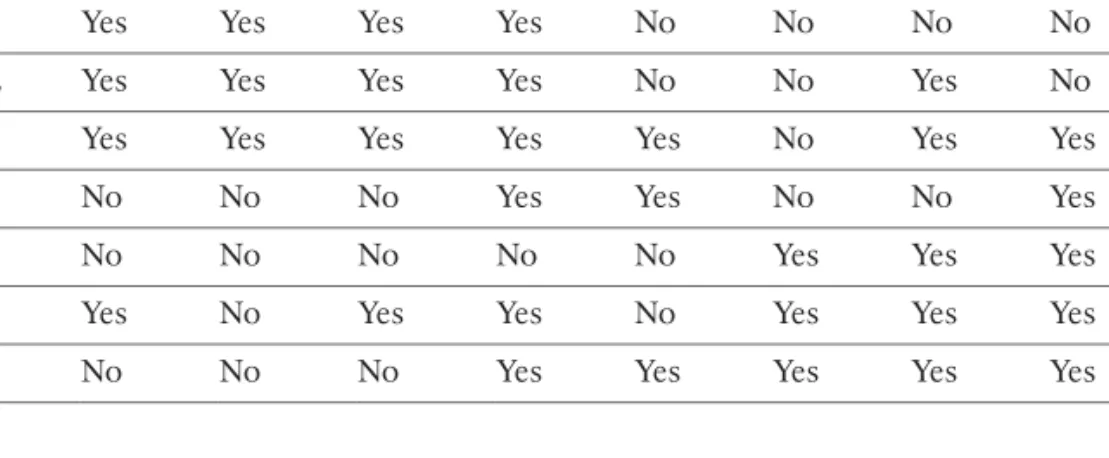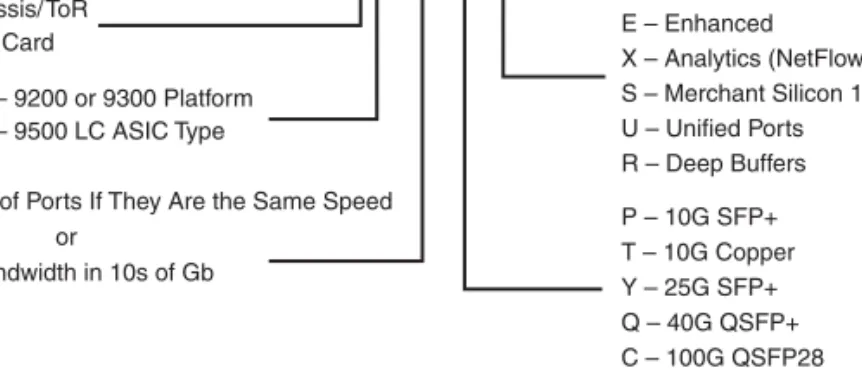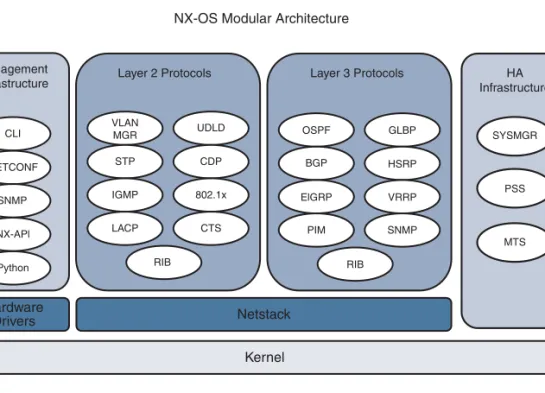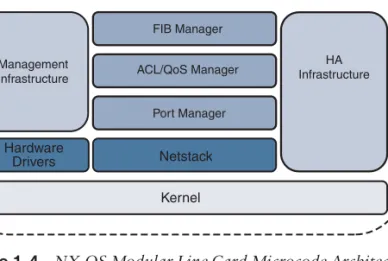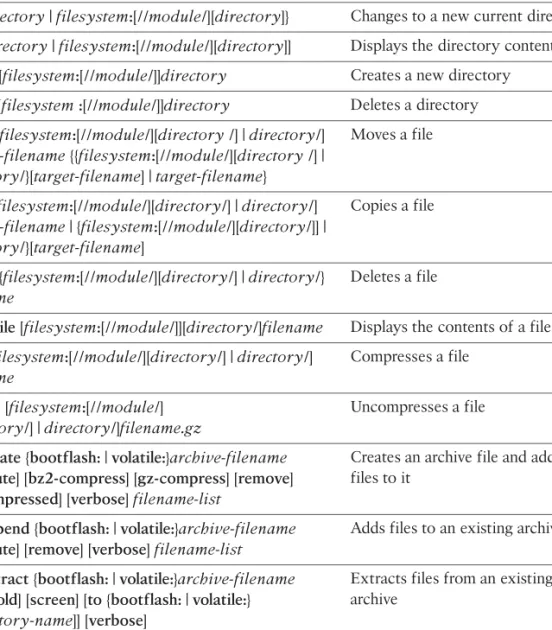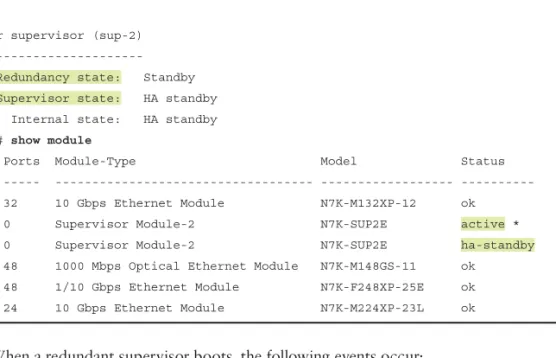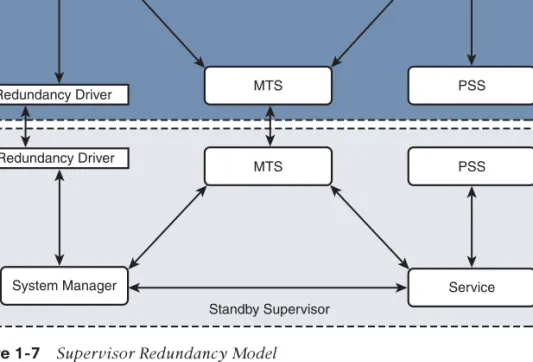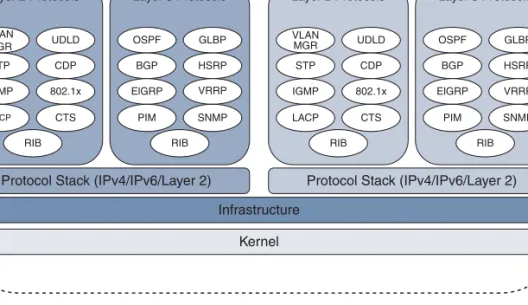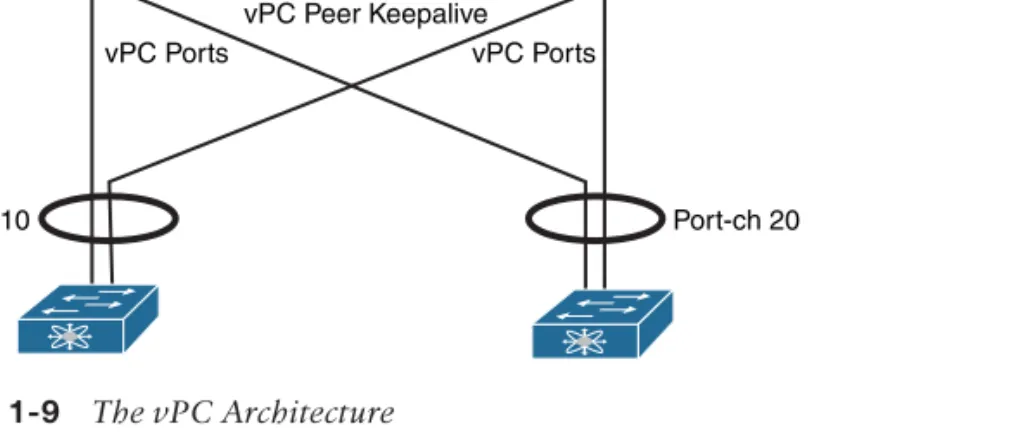Every effort has been made to make this book as complete and accurate as possible, but no guarantee or adequacy is implied. The opinions expressed in this book are those of the author and are not necessarily those of Cisco Systems, Inc. All terms mentioned in this book that are known to be trademarks or service marks are capitalized accordingly.
The use of the term in this book should not affect the validity of any trademark or service mark. This book is dedicated to three important women in my life: my mother, my wife, Khushboo and Sonal. I could not have completed this book or any other project without your support and words cannot describe how much it all means to me.
This book is a small token of my love and gratitude for everything you have done for me. Furthermore, I would like to dedicate this book to my father and my brother because they believe in me and stand behind me like a wall when I face challenges in life.
Icons Used in This Book
Command Syntax Conventions
NX-OS introduced technologies such as Overlapping Transport Virtualization (OTV), which revolutionized data center network design by enabling host mobility between sites and allowing full data center redundancy. NX-OS is built with operational simplicity in mind and includes additional tools and capabilities that improve network operational efficiency. This book provides a complete reference for troubleshooting Nexus switches and the NX-OS operating system.
In particular, the NX-OS is expected to have some degree of resilience during software upgrades or hardware upgrades (failover, OIR), with both sets of operations not affecting non-stop forwarding. NX-OS must scale to very large multi-chassis systems and still operate with the same expectations of resiliency in the face of different types of failures. The NX-OS feature set includes a variety of features and protocols that have revolutionized data center designs with Virtual Port Channels (vPC), Overlay Transport Virtualization (OTV) and now Virtual Extensible LAN (VXLAN).
NX-OS has grown in features, enabling Nexus switches to be deployed in enterprise routing and switching roles. This book is the only source for mastering techniques for troubleshooting various features and issues running on Nexus platforms with the NX-OS operating system.
Who Should Read This Book?
The Nexus Operating System (NX-OS) features a modular software architecture aimed primarily at high-speed/high-density network environments such as data centers. Bringing together content previously spread across multiple sources and Cisco Press titles, it covers various updated features and architecture-level information on how various features work on Nexus platforms and how NX-OS capabilities can be leveraged to solve them.
How This Book Is Organized
Chapter 1, "Introduction to the Nexus Operating System (NX-OS)": This chapter introduces the Nexus Platform and the major functional components of the Nexus Operating System (NX-OS). Chapter 2, "NX-OS Debugging Tools": This chapter explains the history of packet capture, NetFlow, EEM, logging, and event history. Chapter 8, "Troubleshooting Open Shortest Path First (OSPF)": This chapter explains how to troubleshoot various issues related to OSPF, including OSPF neighbor formation, suboptimal routing, and other common OSPF problems.
Chapter 10, “Troubleshooting Nexus Route Maps”: This chapter discusses various network selection techniques for filtering or metric manipulation. Chapter 11, “Troubleshooting BGP Problems”: This chapter explains how to troubleshoot a variety of BGP-related problems, including BGP neighbors, route selection, and other common problems. Chapter 12, “High Availability”: This chapter explains how to troubleshoot high availability components such as Bidirectional Forward Detection (BFD), Stateful Switchover (SSO), In-Service Software Upgrade (ISSU), and Graceful Insertion and Removal (GIR).
Chapter 13, "Troubleshooting Multicast": This chapter explains the various components of multicast and how to identify and resolve multicast network problems. Chapter 14, "Troubleshooting Overlay Transport Virtualization (OTV)": This chapter explains the revolutionary overlay transport virtualization technology and how it works, along with the process for troubleshooting problems with it.
Additional Reading
Note All Nexus 3000 series, except the Nexus 3500 series, use the same NX-OS software version as the Nexus 9000 series switches. Note The following section discusses some of the basic NX-OS components that are of most interest. The system manager is the NX-OS component responsible for the processes running on the system.
For NX-OS platforms with redundant supervisor modules, another important role of the system administrator is to coordinate the status between services on the active and standby supervisors. Distributed line cards run a microcode version of the NX-OS operating system, as shown in Figure 1-4. NX-OS' modular architecture allows the software's fundamental concepts and components to be applied consistently to the line card and to the system as a whole.
The NX-OS operating system and distributed platforms are designed to be configured and managed from the supervisor module. License enforcement is built into the NX-OS operating system by the feature manager, which disables services if the appropriate licenses are not present.

ISSU
Define the HA policy. The high availability (HA) policy is determined based on whether Nexus is running on a single supervisor or a dual supervisor card
The HA policy is configured using the command ha-policy [single-sup | dual-sup] policy under the VDC configuration. Limiting resources on VDC is done by applying a VDC resource template or manually allocating the resource using the limit.
Limit resources. Limiting resources on VDC is done by either applying a VDC resource template or manually assigning the resource using the limit-
VDC is accessed via one of the Ethernet interfaces assigned to the VDC. NX-OS provides a CLI to view further details of the VDC without looking at the configuration. The operating modes of the line cards change depending on the different combinations of line cards in the chassis.
One of the main features of the NX-OS infrastructure is to make virtualization transparent to the applications. After determining that the messages are stuck in one of the queues, identify the process associated with the SAP number. If the duration of the message stuck in the queue is quite long, those messages should be examined; they may cause services to misbehave on the Nexus platform.
After the messages in the queue are verified from the buffer detail output, use the show system internal sup opcode command to determine the opcode associated with the message to understand the state of the process. Netstack is the NX-OS implementation of the user-mode Transmission Control Protocol (TCP)/Internet Protocol (IP) stack, which runs only on the supervisor module. Example 3-39 illustrates socket creation and Netstack interaction using the debug command.
The necessary details of the TCP socket connection are verified using the show sockets connection tcp [detail] command. The ARP entries on the NX-OS are viewed using the show ip arp [interface-type interface-num] command. Example 3-46 illustrates the output of the show forwarding ipv4 adjacency command with an unresolved adjacency entry.
Example 3-47 displays the output of the show ip arp event internal event history command, displaying the ARP resolution for the host. To view the registered clients, use the show system internal client adjmgr command (see Example 3-48). It is vital to note that URIB itself does not perform any of the add, modify or delete operations on the routing table.
